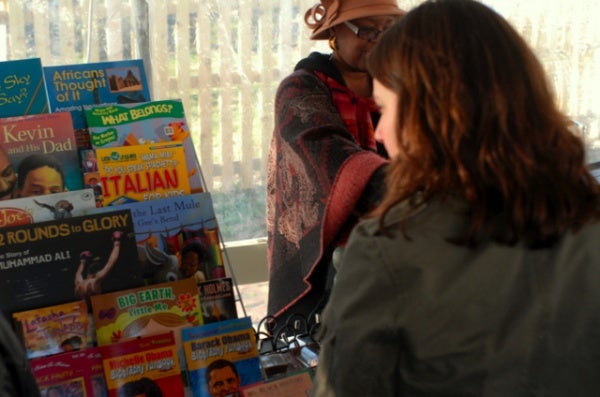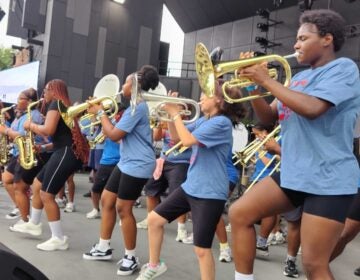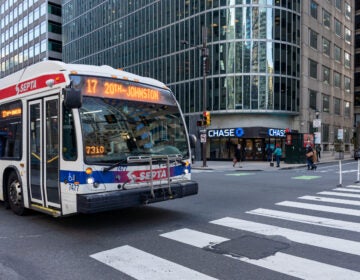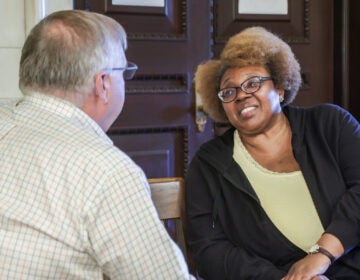Performance explores history inside Germantown home that served as Underground Railroad stop
It was in the very same Johnson House room, with the same windows and the same knocker on the door, where 1850’s history recently met modern-day performance.
Through a collaboration between the Commonwealth Youthchoirs and renowned storyteller Charlotte Blake Alston and composer John Blake Jr., a “sung story” was presented last Saturday. It recounted a night in history on which a Quaker family in Germantown protected a group of escaped slaves from capture by federal marshals.
Susan Ashbaker, executive director or the Commonwealth Youth Choirs, came up with the idea of the performance a year and a half ago, and she knew she wanted to perform it with her friend and her friend’s brother.
That’s when they started writing the sung story with the concept of singing/telling it through the eyes of preteens.
The setting was important
“Then, I found out we could do it at the Johnson House,” Alston explained. “We won an amazing grant for the festival from PNC Alive, so it just all came together.”
For Ashbaker, having the opportunity to tell this story in the actual house it occurred had transcended her original ideas for the performance.
“This story crossed color and religion, and told the story of leaving what was wrong and going to what’s right,” she said last weekend. “This road to freedom and liberation is a metaphor for all of us. We become bigger than ourselves.”
The performance
The audience packed into the small front room in the Johnson House, and the conductor introduced the song.
Three choirs came together and watched Alston introduce the history of how the Quakers became a part of the abolition movement. The debate lasted for more than 100 years in the Quaker church, but the religious organization became the first to take a formal stand against slavery.
Violin music softly played throughout the introduction.
As the audience quickly learned how the Fugitive Slave Act changed everything — that slaves could be returned to their masters even after escaping — the music became louder and more dramatic. The children wore worried expressions.
The audience heard the banging on the door from outside the Johnson House; children reenacted federal marshals coming in for the slaves.
Two children portrayed the Johnsons, who looked to scripture to back their conviction to lie to the officials. The slaves hid on the roof while the Johnsons told the marshals that no one is there.
History lesson
The children sang in hushed tones during the story’s last section, as Charlotte narrated the point that no slaves were ever captured in the Johnson House. The children finished with hymn-like lyrics about fighting evil, and the good being raised up. The audience was silent; the idea of how this act of freedom happened right in Germantown was palpable.
Donna Smith, principal of Wister School in Germantown, said she was deeply moved by the performance.
“My students are part of the F.Y.I. (Find Your Instrument) choir, so I saw some of the rehearsals for the show,” explained Smith, whose pupils are also part of the History Hunters program, where children tour Germantown learning about the past. “To see them actually perform the event just sends a chill through you. And this happened on our own soil.”
Families wandered in and out of the Johnson House throughout the afternoon’s performances, checking out the festival vendors, listening to stories from local writer Vida Moore, and adding to the Freedom Quilt, an outreach project through the Johnson House programs which asks what freedom means to each person in 2012.
On it, a 12-year-old named Ashley wrote, “Freedom is like the wind, roaring in your ear saying rise up! and stand up for your faith.”
WHYY is your source for fact-based, in-depth journalism and information. As a nonprofit organization, we rely on financial support from readers like you. Please give today.
















